Car problems can be frustrating. When your car doesn’t work, it can disrupt your daily routine, making it difficult to go to work, run errands, or pick up your kids from school. Dealing with a seized engine is especially tough because the engine is crucial for your car to function. You’re stuck and can only go somewhere if it’s working correctly.
This article will discuss the common reasons for a locked engine and provide practical tips on fixing it. We’ll also explore the potential costs of fixing a seized engine, so you know what to expect if this happens to you.
What Are The Causes And Symptoms Of A locked engine?
It is also known as a seized engine and can occur for several reasons, like oil shortage, infrequent usage, and hydro lock. Let’s explore the potential causes, indicators, signs of a seized engine, and solutions if you encounter it.
Shortage of Oil or Low Oil
Shortage of oil or low oil levels in your car can have serious consequences for your engine. Oil is essential for lubricating the moving parts of the engine. It prevents overheating and reduces friction between metal components.
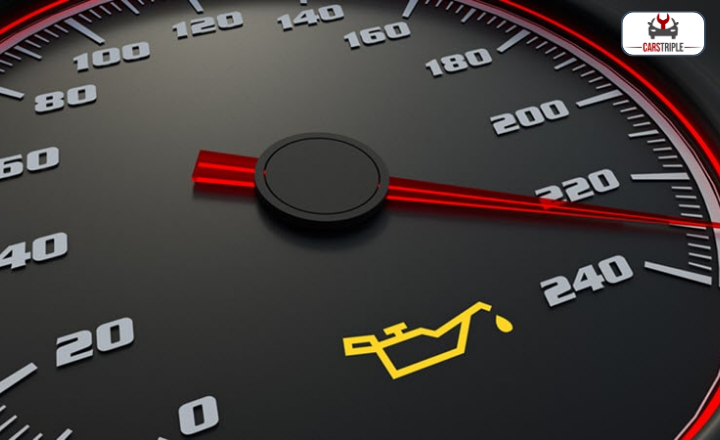
The engine can seize up without enough oil. It can damage critical components like the rod ends and crank journals. This can result in permanent damage to the engine, so it’s crucial to ensure that you regularly change your oil according to the manufacturer’s recommendation.
The signs and symptoms of low or no engine oil are:
Dashboard warning light: If the oil pressure warning light on your dashboard illuminates, it could indicate low oil levels or a problem with oil circulation.
Engine noise: Low oil levels can increase engine noise, such as knocking or ticking sounds, as the metal components rub against each other without proper lubrication.
Overheating: Insufficient oil can cause the engine to overheat due to increased friction and heat buildup.
Poor performance: A lack of engine oil can decrease performance, including reduced power and acceleration.
Smoke from exhaust: If you notice blue smoke coming from your exhaust, it could be a sign of burning oil due to low levels in the engine.
Oil leaks: Visible oil leaks under the car or around the engine compartment may indicate low or no engine oil.
Lack of Oil Flow
Proper oil flow in your engine is crucial for its smooth operation. Just like how our bodies need good blood circulation. A car’s engine needs proper oil circulation to function well. A faulty oil pump is often the main culprit for lack of oil flow. It regulates and pumps the right amount of oil to the engine’s components. Regular preventative maintenance, such as changing the oil and oil filter on schedule, is critical to preventing clogs caused by dirt and debris. Because these can hinder the oil pump’s function.
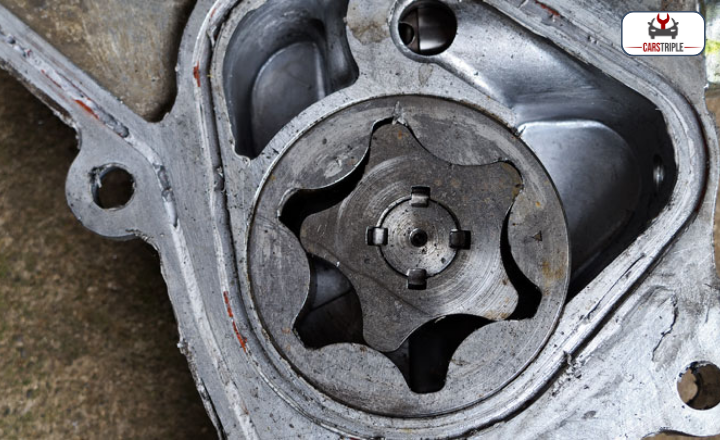
Pay attention to the importance of oil flow to avoid severe damage to your engine. Even an abundance of oil will only keep your engine running smoothly with proper circulation.
Some signs and symptoms of a faulty oil pump include:
Low oil pressure warning light: If the oil pressure warning light on your dashboard comes on, it could indicate a problem with the oil pump.
Engine noise: A faulty oil pump can lead to insufficient lubrication, increasing engine noise or knocking sounds.
Overheating: Inadequate oil circulation caused by a faulty pump can lead to engine overheating.
Overheated Engine
Having the right amount of coolant is critical to preventing an overheated engine. Coolant helps to regulate the temperature of the engine. It also prevents parts from expanding too much and causing friction. It’s also essential to keep up with regular oil changes, which can help maintain your engine’s overall health and prevent mechanical failures.
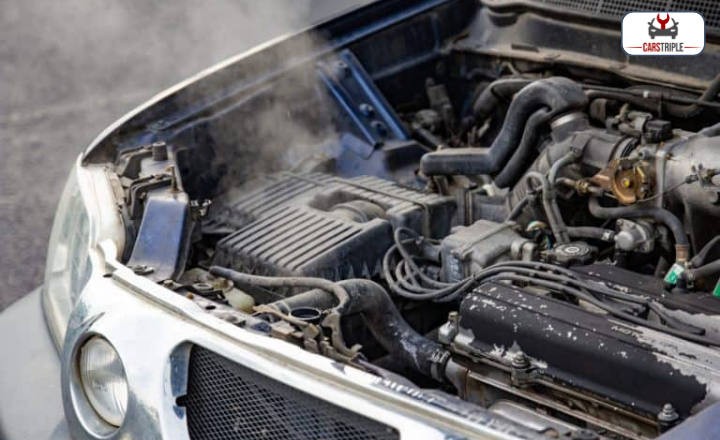
Visit a professional oil change service centre, which is a great way to ensure that your fluids are topped off and that any potential leaks are identified early on.
Signs and symptoms of an overheated engine can include:
- Steam or smoke coming from the engine compartment.
- The temperature gauge on the dashboard shows higher-than-normal readings. Unusual smells, such as burning oil or coolant
- Engine stalling or loss of power
- Coolant leaking from under the vehicle
Hydro lock
Hydrolock is also known as hydrostatic lock. It happens when an engine takes in too much water, causing the moving parts to seize up. This can occur if the engine is exposed to a severe flood and goes through a deep puddle. It is also caused by a blown gasket that allows oil or coolant to enter the engine. When water mixes with the air and gas in the engine, it disrupts the compression process and leads to potential damage.

The consequences of hydro lock can be severe. It includes damage to bearings, the crankcase, broken connecting rods, and rust.
Here are some signs and symptoms of a hydro-seized engine:
- Difficulty in starting the engine.
- Unusual noises, such as knocking or clunking when starting the engine.
- Loss of power while driving, especially if the engine suddenly stops running.
- Smoke comes from the exhaust due to oil or coolant entering the combustion chamber.
- The engine may feel locked or unable to turn over when attempting to start.
Vapor Lock
Vapor lock can be another reason why your engine gets locked up. This occurs when the fuel in your engine changes from a liquid to a gas. It causes messing up the fuel pump and causing the engine to stall. It usually happens when the temperature gets hot. It mainly occurs in older cars like ones from the 1940s and 1950s. High temperatures, high altitudes, and overheating can all contribute to vapor lock, but it’s not a common problem.
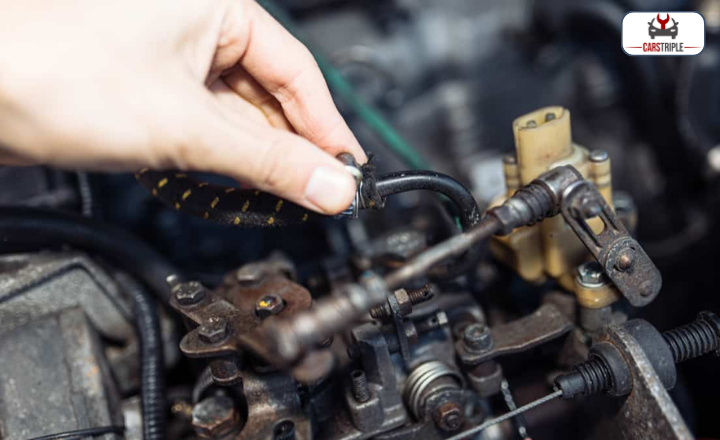
Some common signs and symptoms of vapor lock include:
Engine stalling or hesitating: Vapor lock can cause the engine to stall or hesitate during operation, especially in hot weather or after extended periods of driving.
Difficulty starting: It could be a sign of vapor lock if you have trouble starting your vehicle, especially after sitting in the sun or running for a while.
Rough idling: Vapor lock can also cause the engine to idle roughly or unevenly, making it seem like it’s struggling to maintain a steady speed.
Lack of Use
If your car has been sitting unused for a long time, it’s common for the engine to have trouble starting. This can be due to corrosion and rust in the piston rings. These prevent the engine from turning over. You might notice the lights coming on, but the motor won’t start. Loss of fluids from leaks can also contribute to this issue.
To prevent these problems, it’s a good idea to start your car periodically, take it for a short drive, and perform regular maintenance. The longer your car sits unused, the greater the chance of encountering a seized engine.
Signs and symptoms of lack of use in a vehicle that has been unused for long periods include:
- If the lights are coming on but the engine is not starting. This could be due to the battery losing its charge or other mechanical issues from sitting idle.
- Leaked fluids, such as oil or coolant, are another problem that can indicate deteriorating seals or gaskets.
Timing Belt/Chain Breaks
If your car’s timing belt or chain breaks, it can cause severe damage to your engine. The timing belt is responsible for ensuring that the engine’s valves open and close at the right time for combustion to occur. If the timing belt or chain fails, your engine could seize up, leading to costly repairs.
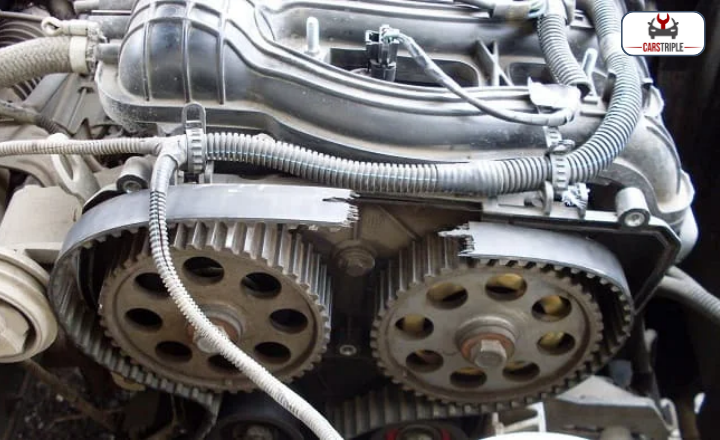
Some cars use a metal timing chain instead of a rubber timing belt designed to last indefinitely. However, traditional rubber timing belts typically span 60,000 to 100,000 miles. A belt or a chain plays a crucial role in keeping your engine running smoothly.
Signs and symptoms of a bad timing belt or chain include:
Engine misfires: A worn timing belt or chain can cause the engine to misfire, leading to rough idling or hesitation during acceleration.
Ticking or rattling noise: A loose or failing timing belt/chain can produce a noticeable ticking or rattling sound from the engine area.
Engine won’t start: If the timing belt/chain breaks, the engine may not start at all, as it won’t be able to maintain proper timing for combustion.
Check engine light: A malfunctioning timing belt/chain can trigger the check engine light on your dashboard, indicating a problem that needs attention.
Reduced fuel efficiency: A damaged timing belt/chain can affect the engine’s performance, decreasing fuel efficiency and power output.
Carbon Deposits and Buildup
Carbon deposits and buildup in your car’s engine can be compared to artery blockages in the human body. Just like a blocked artery can lead to a heart attack, carbon buildup in the engine can cause decreased gas mileage, higher oil usage, and even engine failure.
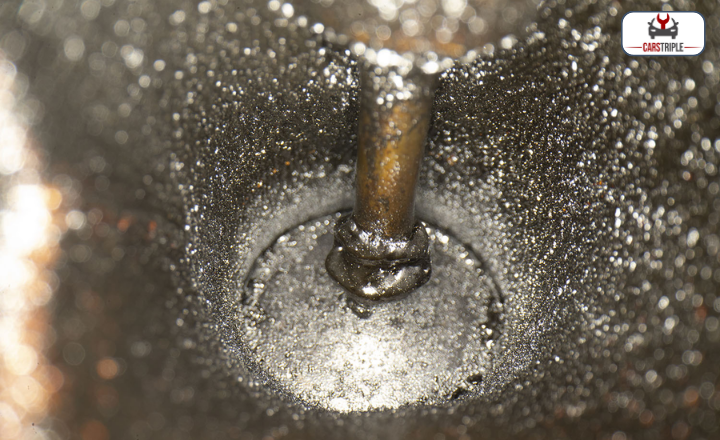
This sludge-like residue forms around intake valves, injector nozzles, pistons, and combustion chambers, hindering proper engine function. Excessive buildup can occur with time, which can overwhelm vital engine parts and potentially lead to a seized engine.
Here are some common signs and symptoms of excessive carbon buildup in a vehicle:
Engine misfiring: If your engine is misfiring or running rough, it could be a sign of carbon buildup on the spark plugs or valves.
Decreased fuel efficiency: Carbon buildup can lead to poor fuel combustion, resulting in decreased fuel efficiency and higher fuel consumption.
Rough idling: Excessive carbon deposits can cause the engine to idle roughly or inconsistently, leading to a bumpy or shaky feeling when the car is standing.
Check engine light: A build-up of carbon can trigger the check engine light to come on, indicating that there may be an issue with the engine’s performance.
How Do You Fix A Seized Engine?
If your car engine is locked, the first thing to do is to stop driving immediately and turn off the engine. Continuing to run a seized engine can cause further damage. Next, check the oil level and quality.
Low or dirty oil can contribute to engine lock-up. If the oil looks good, turn the crankshaft by hand using a wrench. If it won’t budge, the engine may be seized. Now that we understand why the engine is blocked and recognize the signs let’s look into ways to fix the problem.
DIY Method
If you’re hands-on and need more money for a professional mechanic, you can try fixing a seized engine yourself. It is important to note that depending on the cause of the issue, there may be limitations to what you can do on your own. If you have a friend or family member knowledgeable about engines, seeking their assistance could be helpful.
One crucial step is to allow the engine to cool down, especially if it’s seized due to a vapor lock. Attempting to disassemble the engine yourself is challenging and requires specialized tools, parts, and expertise. If you successfully remove the engine, diagnosing and making the necessary repairs is another complex task. After reassembling the engine, testing it thoroughly, and watching for any signs of potential seizing are essential steps in this process.
Take It to a Mechanic
Taking your vehicle to a certified mechanic is the safest option when dealing with a seized engine. It can be costly, with rebuilds ranging from $2,500 to $5,000 and replacements from $4,000 to $8,000. Finding a reliable mechanic and getting fair quotes are essential to avoid overpaying. Remember that depending on your car’s age, the cost of rebuilding the engine may exceed the car’s value.
Prevent It From Happening In The First Place
Following a regular maintenance schedule is essential to prevent your engine from locking up. This includes changing the oil and oil filter, checking the coolant levels, and ensuring all other fluids are at the proper levels. Regularly inspecting belts, hoses, and other engine components can also help prevent issues leading to a locked engine.
Regular Oil Changes and Tune-ups
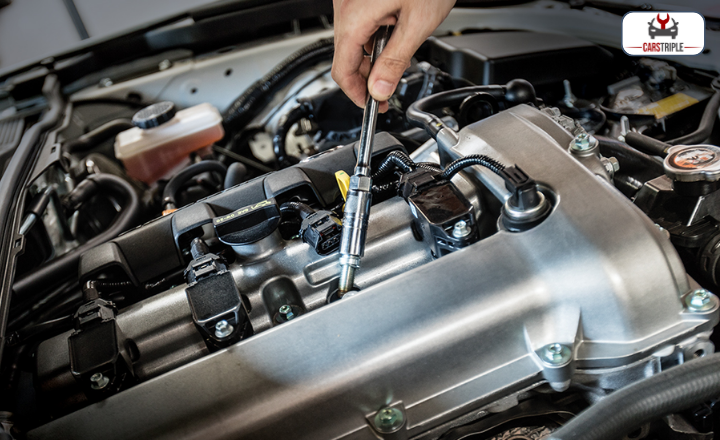
Regular oil changes and tune-ups are essential for keeping your car’s engine in good shape. When you take your car to a reputable oil change and lube service, they will not only change the oil but also refill essential fluids, check for leaks, and replace oil and air filters.
It’s essential to ensure they use the proper oil the manufacturer recommends. Regular oil is typically good for up to 3,000 miles, while synthetic oil can last around 7,500-10,000 miles, with blended oil falling in between. Make sure to follow the appropriate intervals for the type of oil you are using.
Conclusion
A locked engine can be a significant setback for any vehicle owner, but it is not necessarily the end of the road. Following the steps outlined in this article, you can unlock your engine and save significant money on repair costs. It is essential to remember that the extent of damage and the specific cause of the seizure will ultimately determine the best course of action. If all else fails, seeking professional help from a qualified mechanic or technician may be necessary. Regular maintenance and prompt attention to any warning signs can help prevent engine seizures in the future. Take care of your vehicle, and it will take care of you.
FAQ’s
Is a seized engine repairable?
A seized engine is often repairable with the right expertise and resources.
How much does it cost to unseize an engine?
The cost to unseize an engine can vary widely depending on the severity of the damage and whether professional help is needed.
What are the signs of a locked engine?
Signs of a seized engine include difficulty turning over, strange noises, or a complete inability to start.
